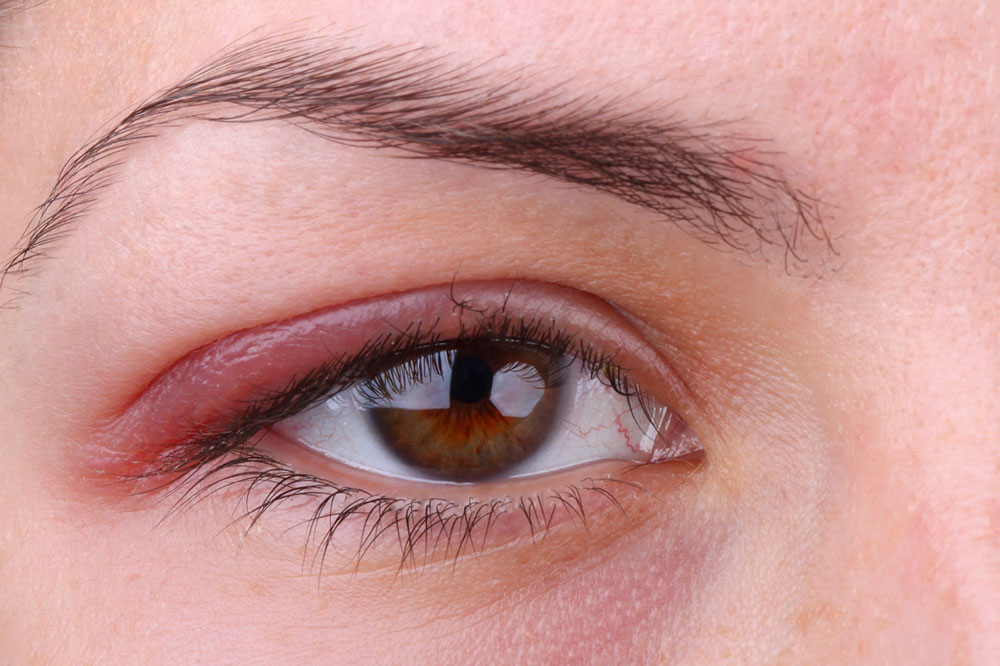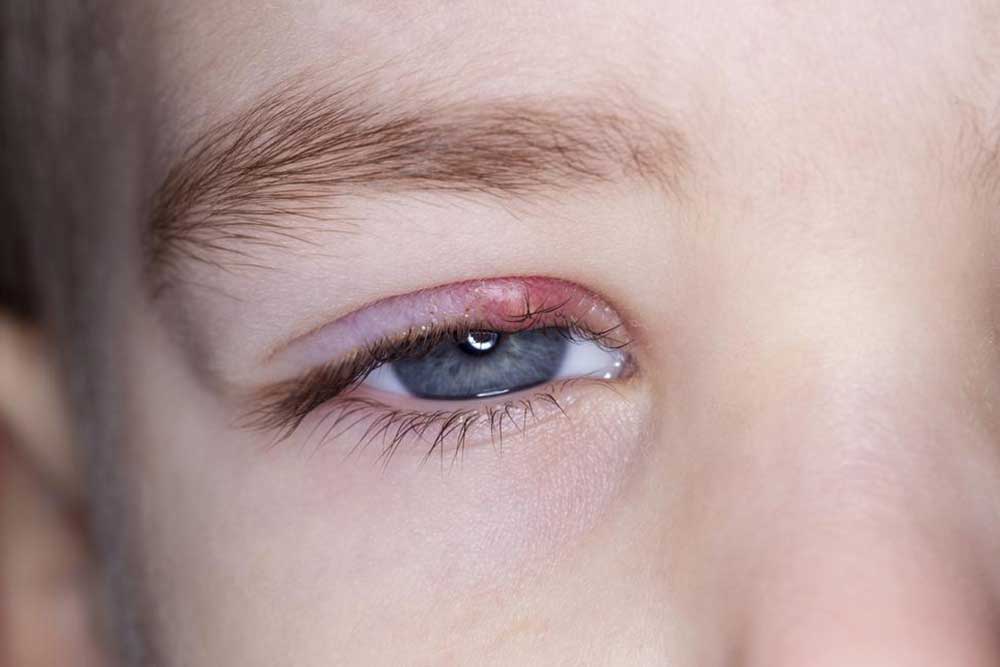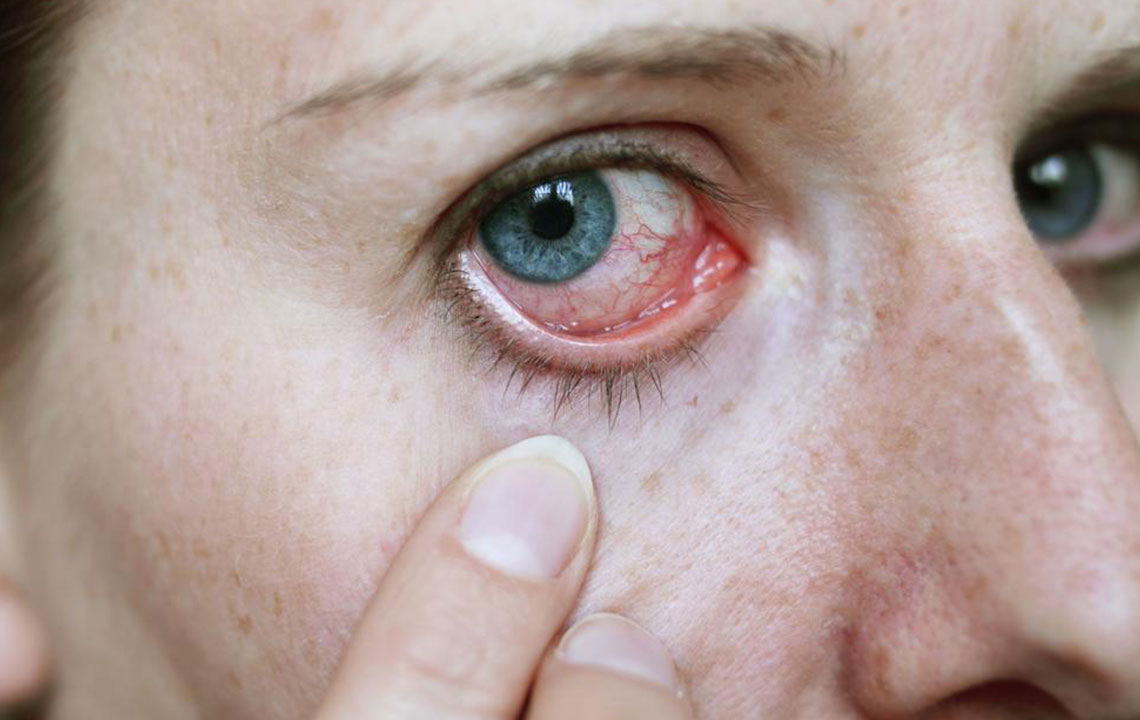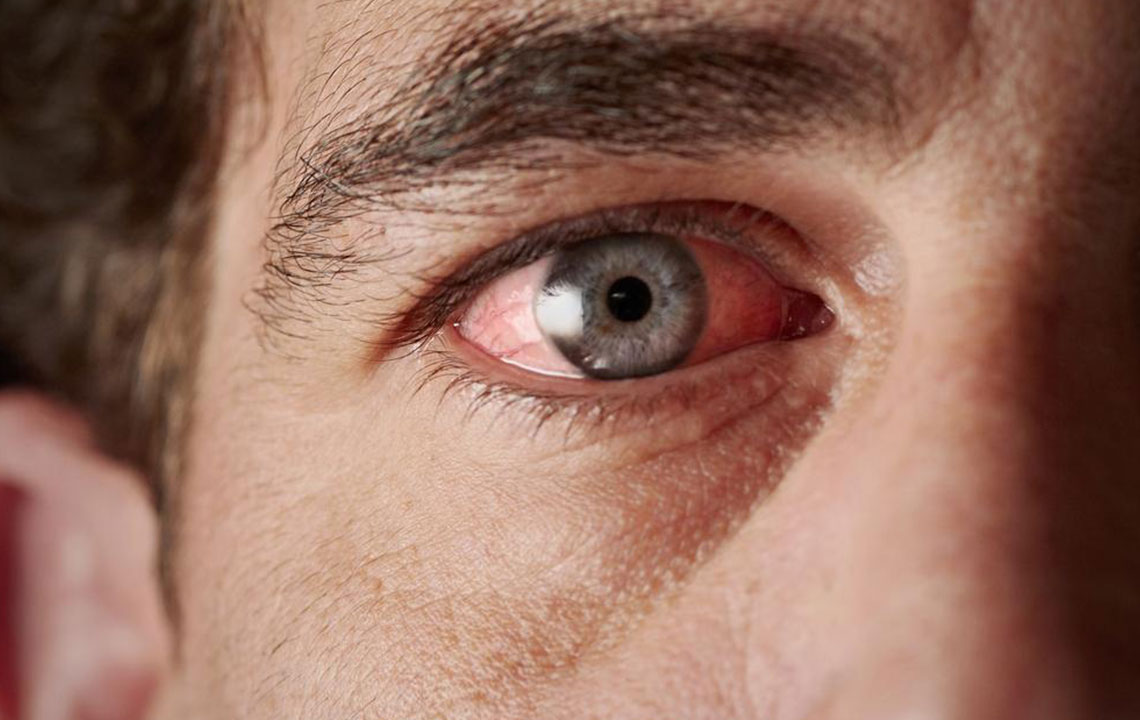Comprehensive Guide to Common Eye Conditions: Causes, Symptoms, and Treatments
This comprehensive guide explores common eye conditions including conjunctivitis, allergies, blood vessel ruptures, injuries, and visual disturbances. It provides detailed causes, symptoms, and treatments, emphasizing the importance of early detection and medical consultation. Useful tips for managing symptoms at home and recognizing signs requiring urgent care make it an essential resource for ongoing eye health awareness and prevention.

Comprehensive Guide to Common Eye Conditions: Causes, Symptoms, and Treatments
Understanding Red and Irritated Eyes: Causes and Management
Redness and irritation in the eyes are among the most frequent complaints encountered in ophthalmology and primary care settings. These symptoms can be caused by a wide array of factors, ranging from minor irritations to serious health conditions. Recognizing the root cause is essential for effective treatment and preventing complications. This article delves deep into common causes such as infections, allergies, injuries, and vascular issues, providing comprehensive insights into diagnosis, management, and prevention.
Pink Eye (Conjunctivitis): Conjunctivitis, colloquially known as pink eye, is an infectious or allergic inflammation of the conjunctiva—the thin, transparent tissue covering the sclera and lining the eyelids. It affects both children and adults and is highly contagious when caused by bacterial or viral pathogens. Symptoms include redness, itching, burning sensation, discharge, swelling around the eyes, and excessive watering. Differential diagnosis involves identifying whether the conjunctivitis is bacterial, viral, or allergic, as treatment varies accordingly. Bacterial conjunctivitis often requires antibiotic eye drops, while allergic conjunctivitis responds well to antihistamines and avoiding allergens. To prevent transmission, meticulous hygiene practices such as frequent handwashing, avoiding eye rubbing, and using separate towels are recommended. Cool compresses can soothe irritation and reduce redness.
Eye allergies are a common culprit behind redness, itching, and puffiness. Seasonal allergic conjunctivitis occurs during specific pollination periods, while perennial allergies are triggered by dust mites, pet dander, or environmental fumes. Symptoms include intense itching, watery eyes, swelling of eyelids, and a burning sensation. Management involves antihistamine eye drops, avoiding allergen exposure, and using cold compresses to alleviate discomfort. For persistent or severe allergy symptoms, consultation with an allergist or ophthalmologist is advisable for tailored treatment plans. It’s important to resist the urge to rub the eyes, as it exacerbates the release of histamines, intensifying itching and swelling.
Broken blood vessels in the eye, known medically as subconjunctival hemorrhages, are characterized by a bright red patch on the sclera. They typically occur after minor trauma, strain from coughing, sneezing, heavy lifting, or rubbing, although sometimes they happen spontaneously without any apparent reason. These hemorrhages are generally benign and resolve spontaneously within two weeks without treatment. However, it’s prudent to consult an ophthalmologist especially if recurring, as they might indicate underlying conditions such as hypertension or clotting disorders. No specific treatment is required, but avoiding activities that can increase vascular rupture is recommended. Maintaining good blood pressure control and eye protection can help prevent future episodes.
Injuries from trauma—including blunt force, foreign object impact, or chemical exposure—can cause redness, pain, tearing, visual disturbances, and in severe cases, loss of vision. Serious internal damage such as retinal tears, detachment, or chemical burns require urgent medical intervention. Immediate first aid involves rinsing the eye with sterile saline if chemicals are involved and immobilizing the patient for transportation to an emergency facility. Applying a cold compress can reduce pain and swelling temporarily, but definitive treatment depends on the injury type and severity. Prompt assessment by an eye specialist is critical to avoid permanent vision impairment.
Managing Itching, Blurred Vision, and Eye Puffiness
Itching in the eyes is most frequently linked to allergic responses, with other causes including irritants or dry eyes. Over-the-counter antihistamine drops, lubricating eye solutions, and cold compresses are effective for mild cases. Severe allergies requiring prescription medications such as corticosteroids or allergen immunotherapy may be necessary for long-term relief. Importantly, patients should avoid rubbing their eyes, as this can worsen symptoms and introduce secondary infections.
Sudden onset of blurred vision is an ophthalmic emergency. It can be caused by retinal detachment, stroke, or other serious conditions. Immediate evaluation by an eye care professional is crucial to prevent permanent vision loss. Conversely, transient or minor blurring caused by fatigue, dry eyes, or prolonged screen use can often be alleviated by resting, hydrating, and using preservative-free artificial tears. Persistent puffiness around the eyes often indicates allergies, fluid retention, or inflammation. Using over-the-counter decongestant eye drops or cold compresses can reduce swelling, but persistent or severe swelling warrants medical assessment.
Burning Sensations and Eye Pain: Causes and Treatments
Burning in the eyes is a common symptom caused by allergies, dry eyes, environmental irritants, or prolonged visual strain. It’s usually mild and temporary but can become chronic in cases of dry eye syndrome or blepharitis. Lubricating eye drops (artificial tears), avoiding exposure to irritants, and using humidifiers can provide relief. If burning persists over weeks or worsens, a comprehensive eye examination is necessary to identify underlying causes such as meibomian gland dysfunction or dry eye disease.
Eye pain varies widely. Sharp, persistent pain accompanied by redness, light sensitivity, or visual disturbances should be treated as an emergency. Causes include corneal abrasions, uveitis, infections, or increased intraocular pressure. Immediate evaluation by an ophthalmologist is essential. Eye pain associated with blurred vision, nausea, or halos around lights often indicates serious conditions like angle-closure glaucoma or severe infections, which require urgent intervention to prevent irreversible damage.
Seeing Spots, Flashes, and Floaters: When to Seek Help
Floaters—tiny debris floating within the vitreous gel of the eye—are common, especially with increasing age or after posterior vitreous detachment. They appear as specks, thread-like strands, or cobweb-like shapes across the visual field. While generally benign, a sudden increase in floaters, especially accompanied by flashes of light or a curtain-like shadow, is concerning and may signify retinal detachment. This requires immediate ophthalmologic assessment to prevent permanent vision loss. Early diagnosis and treatment, such as laser therapy or surgery, can be vision-saving.
Foreign Objects in the Eye: Immediate Actions and Care
Objects like metal shavings, glass fragments, or plant material pose serious risks of injury and infection. Their removal and treatment should be handled by healthcare professionals. Attempting to remove embedded or large foreign bodies independently can cause further damage. If a foreign object becomes lodged in the eye, cover the eye with a stiff shield or the bottom of a paper cup to prevent movement and seek urgent medical attention immediately. For minor irritants such as dust particles, rinsing the eye with sterile saline or artificial tears can help. However, persistent or embedded foreign bodies necessitate professional removal to ensure safety and proper healing.





